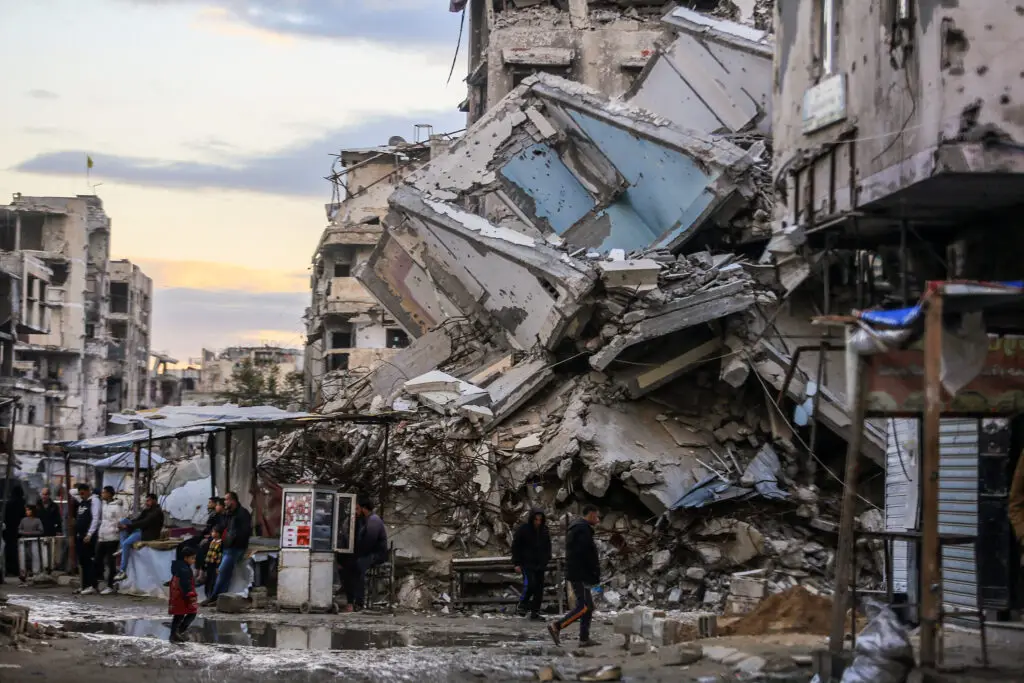As the second phase of the Gaza cease-fire approaches, Egyptian Senator
Mohamed Farid warns that Israeli proposals for the forced displacement of Gaza’s population would not weaken Hamas — but rather strengthen its extremist narrative.
Farid argues that Prime Minister Netanyahu’s lack of a credible postwar governance plan for Gaza has prolonged Hamas’s grip on the enclave, jeopardized hostages, and fueled regional instability. He calls for an Arab-led, Palestinian-owned transition to provide Gazans with a political alternative to Hamas, rather than punishing civilians through mass expulsion.
Key Points
- A Cease-Fire Under Strain
- The first phase of the cease-fire ends March 1, but negotiations for phase two face serious obstacles.
- Despite Hamas’s weakened military capacity, it still holds political control over Gaza.
- Netanyahu has no “day after” plan, rejecting Palestinian Authority involvement and leaving a dangerous power vacuum.
- Netanyahu’s Political Calculations
- Netanyahu replaced Mossad head David Barnea with political ally Ron Dermer as lead negotiator, consolidating control over talks.
- His hardline stance aligns with far-right figures Bezalel Smotrich and Itamar Ben-Gvir, whose support is vital to his coalition.
- By prolonging the conflict, Netanyahu risks endangering hostages and escalating regional tensions.
- Why Mass Displacement Backfires
- Displacement blames civilians for Hamas’s actions, despite evidence of widespread discontent with Hamas in Gaza.
- Arab Barometer data (pre–Oct 7) showed:
- 72% of Gazans viewed Hamas as corrupt.
○ 44% expressed no trust in the group.
- Forced migration would:
- Reinforce Hamas’s “resistance” image.
○ Destabilize neighboring states.
○ Fuel anti-Israel sentiment globally.
- Historical precedent — the Nakba of 1948 — shows displacement can seed generations of militancy.
- Breaking Hamas’s Grip
- Military defeat is not enough — Hamas must lose legitimacy.
- Gaza’s reconstruction must be tied to:
○ Technocratic governance free from factional control.
○ Rule-of-law reforms in education, law enforcement, and media.
○ Economic opportunities to reduce radicalization.
- Displacement undermines this goal by entrenching Hamas’s narrative.
- A Strategic Alternative
- Farid calls for an Arab-led, Palestinian-owned transitional process to govern Gaza postwar.
- International actors should help build Palestinian institutions and deliver aid directly to civilians.
- Regional cooperation is key to:
○ Restoring stability.
○ Protecting Israel’s long-term security.
○ Offering Gazans hope beyond extremist rule.
Core Values & Themes
- Rejecting collective punishment as a counterterrorism strategy.
- Empowering civilians as the foundation for lasting peace.
- Regional cooperation over unilateral military dominance.
- Institution-building as the pathway to stability and security.

